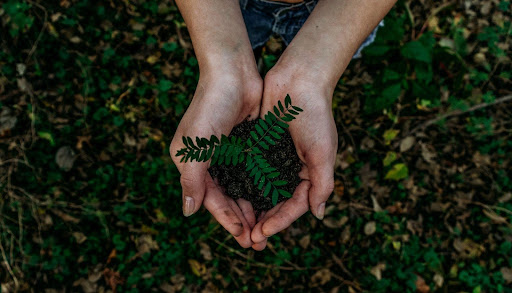Septic systems are a standard wastewater treatment solution in rural areas that are not connected to conventional sanitation, meaning city sewer systems. And while that sounds primitive to many, they are incredibly effective, sustainable, and eco-friendly alternatives.
Septic systems have existed for a long time and have undergone a series of improvements throughout the years. Today, science and technology create a wastewater treatment system based on natural processes seen everywhere around us. And although the solution may have some downsides, such as requirements for quality septic system service, it’s essential to highlight its benefits to the environment.
Image Source: Unsplash.com
How does a septic system work?
Although there are various types of septic systems, their mechanisms often overlap. The classic system comprises a few elements: a septic tank, a drain field, pipes and the soil. Now that you know the main components, it’s time to see how they work together to treat wastewater from the house.
The pipes connect your house to the septic tank buried in your yard. They help all wastewater from the toilet, shower, washing machine and sinks pass through and enter the tank. Once inside the tank, liquids begin to separate from one another, forming sludge on the bottom (the solids) and scum (fats) on the top.
The wastewater left between the sludge, and the scum has already gone through the primary treatment. The same water is transferred and discharged into the drain field, located further away from the tank. Once in the drain field, the wastewater begins to penetrate the deeper soil layers.
As wastewater goes through the soil layers, it undergoes its final treatments as soil removes any residual nutrients, harmful bacteria or viruses. After percolation and purification, the treated water finally enters the groundwater and begins its lifecycle again.

What can you do to ensure environmentally friendly and sustainable use?
Septic systems on their own are eco-friendly and sustainable wastewater management systems. However, as a septic system user, you should take some specific precautions to prevent environmental contamination in the areas surrounding your property. As mentioned above, treated liquids flow into the groundwater, meaning that so can toxins and harmful chemicals.
Use eco-friendly cleaning products.
One of the most important things as an owner of a house with a septic system is to realize that all water from your household goes into the septic tank and the environment afterward. Any additional cleaning products you use and put down the drains can potentially harm beneficial bacteria used in the water treatment process.
It’s essential that you use organic products to clean the floors and other parts of your house when you plan to dump them down the drain. The same goes for your laundry – every detergent you use to wash your clothes ends up in your septic tank. In addition to harming beneficial bacteria, some products can accelerate the corrosion of the tank and pollute the surrounding soil.
Regular maintenance for proper functioning and longevity
Another essential consideration for septic system owners is the importance of regular septic tank maintenance. If you take good care of your septic tank and system, you can rely on its proper functioning and prolonged life.
Proper maintenance involves regular pumping and cleaning of the tank and an examination of its state by a professional septic system service provider. The pumping and cleaning remove the accumulated sludge and scum and transfer them outside the septic tank.
On the other hand, routine check-ups and examinations involve a thorough inspection of all the septic system components, ensuring that it functions properly, the wastewater treatment is effective, and there is no leakage.
Another piece of advice is to keep your septic system maintenance records safe in the house, so you can always present them to the septic inspector.





